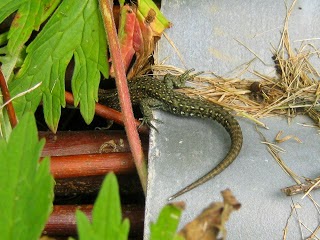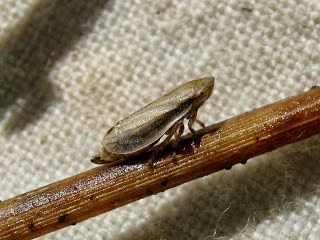Yesterday was the culmination of, on this occasion, ten
months (in total, over six years) of fighting for something to which I’m legally
entitled (PIP – Personal Independence Payment).
For almost an hour, I was grilled continually by a panel of three appointed
individuals (a judge, a doctor and a workplace disability specialist), in order
to appeal a decision made by DWP assessors previously in the year.
The process of applying for PIP is notoriously lengthy. Unpleasant and painful past experiences meant
that I was somewhat reticent in my desire to once again put myself through what
I knew could be a very difficult ordeal but with words of encouragement from my
sleepy friends combined with a desire to not let the system beat me, I forged
ahead.
The first stage (April 2015) was a phonecall to DWP providing
some personal details in advance of a form to be completed in writing. Then followed the arduous completion of a ‘How
your disability affects you’ form consisting of 35 pages, which was submitted
with the support by a letter from my wonderful Narcolepsy UK advocate, along
with numerous items of evidence from people such as my consultant. The next stage (June/July 2015) was an assessment
courtesy of ATOS Healthcare, which resulted in a report, aka ‘rejection letter’,
that seemed to uncomprehendingly twist, manipulate and inaccurately represent
the conversations and other actions of the assessment, provoking in me a tumultuous
mix of indignation, anger, frustration and hurt, the result of which = severe
exacerbation of existing symptoms. Deep
breath. The next stage (August 2015) was
the ‘mandatory reconsideration’ stage – basically, a reasoned request that the
decision be re-examined, and the result?
No change whatsoever. So, to the
appeal stage (October 2015) it was. Four
months and one 105-page appeal pack later, and yesterday I finally got my day
in court, both metaphorically and literally, as the tribunal took place in a
Magistrates Court.
I don’t have the energy to go into detail but to my relief
and surprise (my faith in the system had thus far been ground-down to virtual
non-existence), my appeal was upheld. Although
I was not awarded all of what my experienced advocate felt to which I was
entitled (and what many other PWN are receiving), to me it still felt like a
victory. And, whilst the financial
benefit of being awarded PIP will of course go some way in taking off a teensy
bit of the edge of the challenges of living with a lifelong debilitating
neurological disorder and with a lifelong pain disorder, to me, the continual lack
of recognition of the impact and seriousness of these diseases was probably
what had hurt the most, and to have these impacts acknowledged, if only in
part, felt good.
One day later, and the modicum of doubt that will remain
until I know for certain that DWP have accepted the outcome of the tribunal is
still niggling away. Perhaps rather naively,
although I was aware of the stress the lead-up to the tribunal had been creating,
I was not at all prepared for the emotional wreck that I appear to have morphed
into overnight. I feel drained,
exhausted, over-sensitive to everything, and if not sobbing into my poor soggy T.
shirt, permanently on the brink of tears.
Not many people outside of my sleepy circle were aware that
I was going through the PIP application process – perhaps there was still a
part of me that feared rejection from those I considered friends as well as from
those in the decision-making process. Despite
ongoing increased awareness, Narcolepsy remains a hugely misunderstood
condition, and unless you live with it (as with any chronic disease), there is
no way that you can begin to comprehend how downright weird, frightening and debilitating
it is. Twenty five years after my first
sleep attack, and it still frightens me, although I, for one, have become
pretty adept at ‘hiding’ it from those around me.
So, life goes on. And
for those of you out there going through the PIP process, stay strong, keep
your dignity, never stop fighting, and don’t let the b***ards grind you down!
With huge thanks to Rebecca from Narcolepsy UK for being there
throughout, for fighting my corner (for me and on behalf of our wonderful
sleepy community), and for generally being a star. For more info about Narcolepsy UK, see: http://www.narcolepsy.org.uk/














